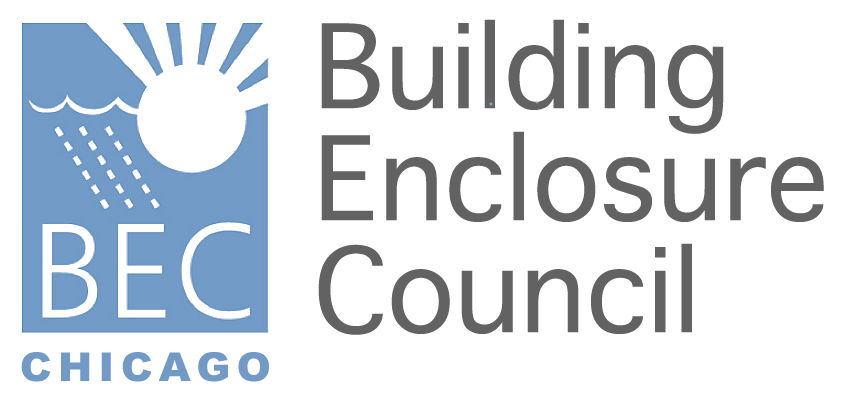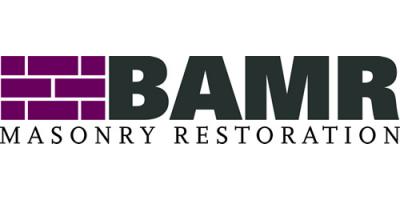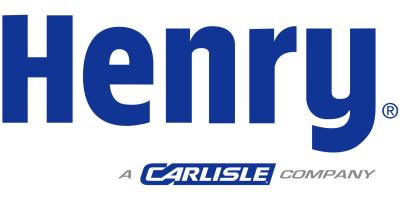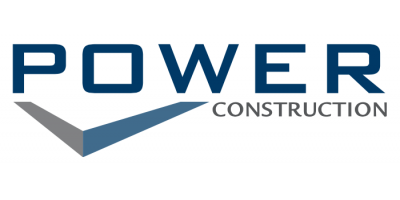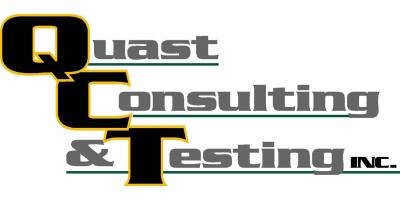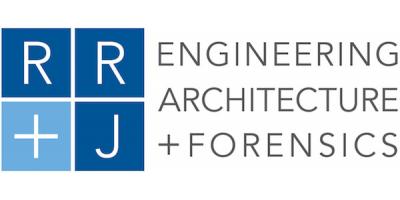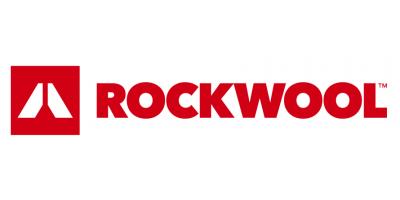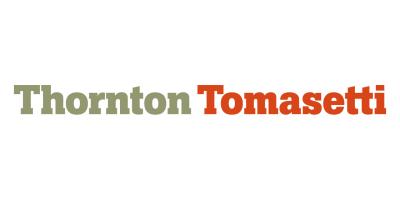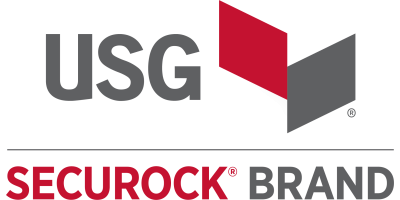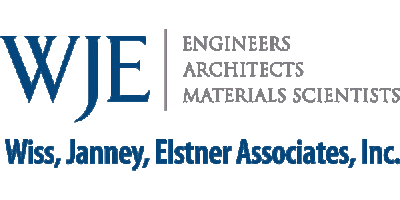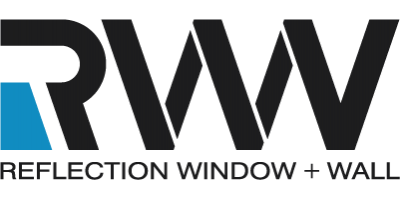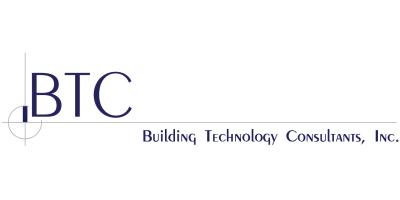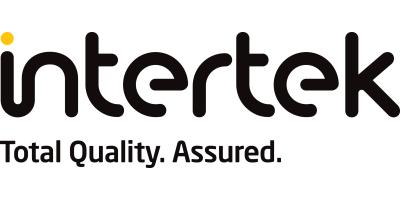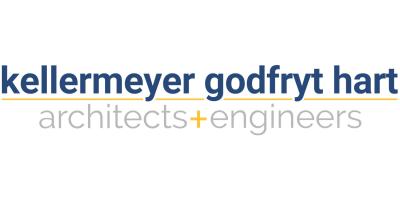| Location | 11 East Madison, Suite 300, Chicago, IL (Gensler) |
AIA CREDIT: Yes
ABSTRACT:
Oftentimes, designers for historic building restorations are faced with the dilemma of how best to address the exterior walls to be energy efficient while being sensitive to the historic character of the building and prevent increased damage. This presentation will discuss two historic exterior wall types, a mass masonry wall and a non-thermally broken window wall, and an investigative procedure for each to determine if improvements should be made and how they could be made.
LEARNING OBJECTIVES:
- Understand why insulating mass masonry walls on the interior may have a negative impact on the masonry, but why it’s being done to improve building energy performance.
- Be able to describe necessary steps for the investigation of and potential repairs to an existing mass masonry wall prior to insulating on the interior.
- Learn about ways mass masonry walls and a case study non-thermally broken window wall can be thermally improved and the advantages and disadvantages of each of these ways.
- Understand how laboratory analysis and/or computer modeling may be helpful to evaluate proposed thermal improvements, while also understanding the limitations of the analysis and/or modeling.
PRESENTER BIO:
Ms. Elizabeth Cassin received her Master of Architecture from the University of Illinois in Urbana-Champaign and joined Wiss, Janney, Elstner Associates in 2003. She is currently an Associate Principal and Unit Manager of WJE’s Chicago office. At WJE, she has had significant experience with building enclosure commissioning and peer review services, condensation investigation, hygrothermal analyses of various facade systems, investigation and repair design of distressed conditions in building facades, and historic preservation. Her specific expertise includes the evaluation of building enclosures with respect to their control of and response to environmental loads, including curtain wall and window systems, sloped glazing and skylights, cladding, air barrier, and insulation system performance. Ms. Cassin has also performed investigations and condition surveys on numerous building types for a variety of building enclosure systems. Such investigations oftentimes result in the development of repair designs to remediate distressed or defective building enclosures. She is a Licensed Architect in Illinois, a LEED Accredited Professional, a member of ASHRAE Technical Committee 4.4 and ASTM E06.55, and a member and past Secretary of BEC Chicago.
RSVP:
For BEC Chicago members, an RSVP invite will be sent out approximately 7 to 10 days in advance of event. For non-BEC Chicago members interested in attending, you may contact Jeff Diqui at jdiqui@imiweb.org to request an invite. The inviation will include a link to an RSVP.
